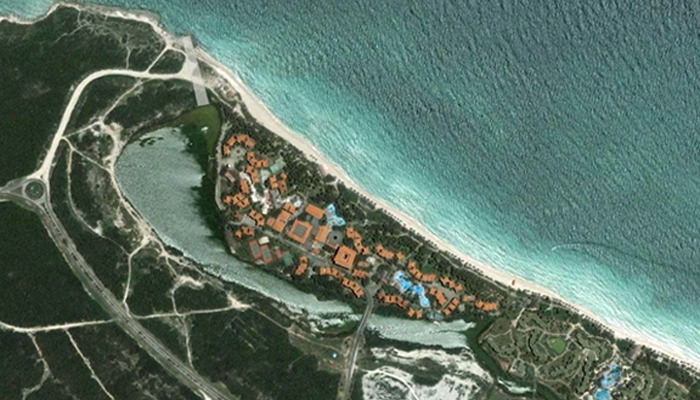Frequent maintenance work on the wave amplifier in Laguna Larga has made it possible today to increase the environmental indicators in the largest natural reservoir in the northern keys of the central region of Cuba.
For some time now, the innovative method of the Coastal Lagoon Water Renovation System (Realco), the only engineering work of its kind in Cuba, has been in operation in this reservoir.
The delegate of the Ministry of Science, Technology and Environment (Citma) in Ciego de Avila, Janet Quiñones, explained that the workers of the Empresa Constructora de Obras del Turismo Cayo Coco, are in charge of freeing the artificial channel that interconnects the reservoir with the ocean of sediments and ensuring the restoration of the infrastructure.
A work of interest to maintain the vitality of Laguna Larga and protect the wildlife, the health of the mangroves and the establishment of the ichthyofauna was revitalised, he explained.
This three-kilometre-long engineering work also allows the dissipation of wave energy to take place in an aquatic environment and in a gradual manner, avoiding an action-reaction impact that favours the erosive process in coastal areas.
It is a mechanism in harmony with nature, which regulates the inflow and outflow of water through a system of floodgates, thus helping to prevent flooding and creating favourable environmental conditions for the development of tourism in an area where hotels such as the Muthu Colonial, Tryp Cayo Coco and Mojito are located.
He specified that workers and specialists from the Environmental Engineering and Biodiversity Centre of Ciego de Avila are in charge of cleaning up the areas of vegetation around the site and removing the invasive exotic plants that hinder the free flow of water in the 240 metres of the canal and the entrance to the lagoon.
The periodic connection of the coastal lagoons with the ocean leads to important changes in the physical, chemical and biological dynamics of these reservoirs, which have become a refuge for species such as resident and migratory birds that find appropriate conditions for feeding and breeding.




